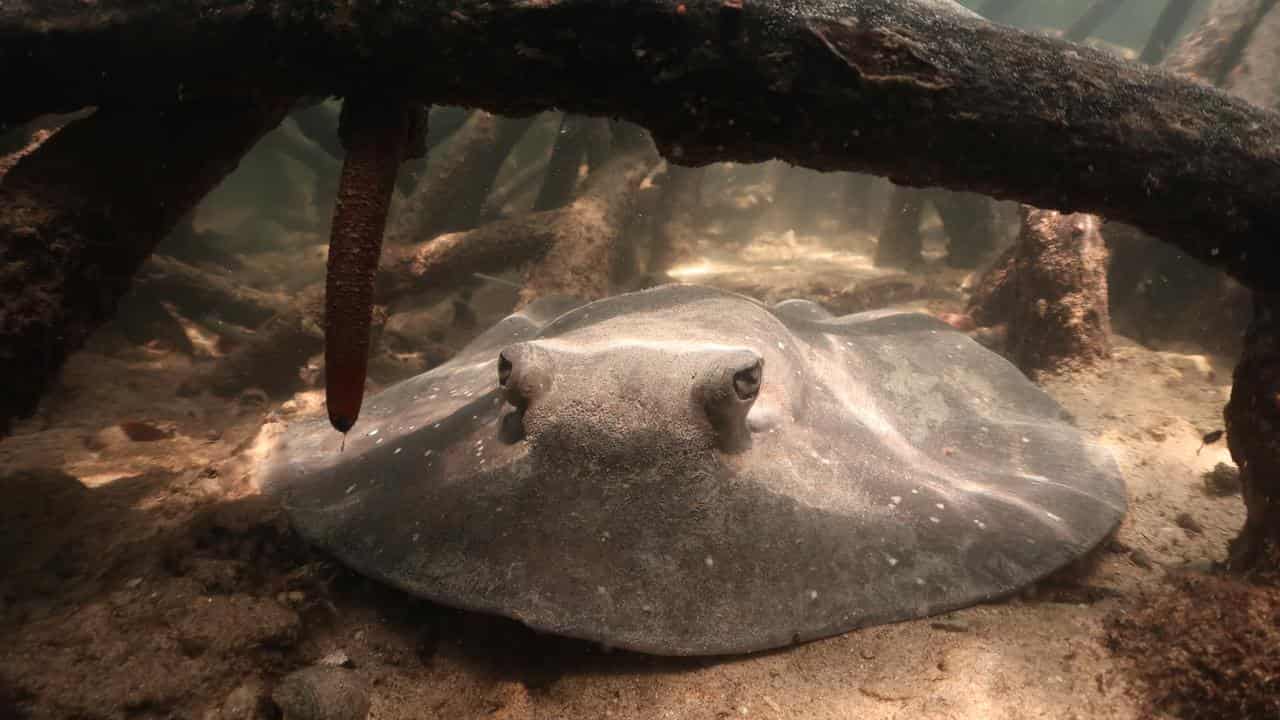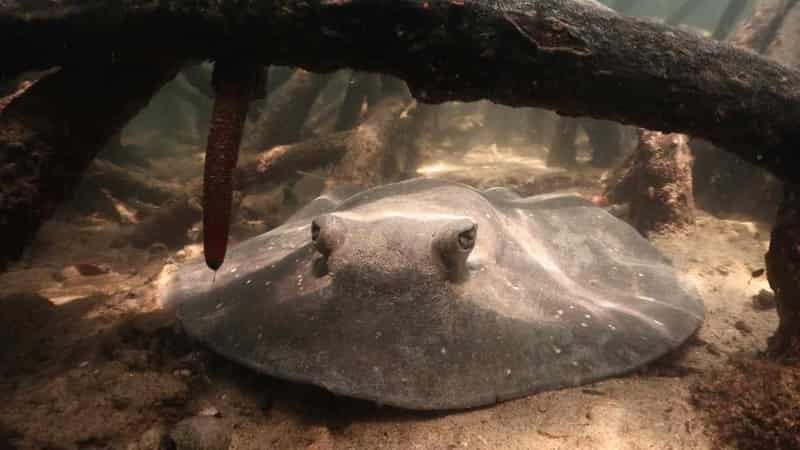
An animal often feared for its deadly sting is facing its own demise at the hands of human-caused climate change.
A study shows some stingrays use mangroves as temporary sanctuaries to escape the "sauna" of surrounding oceans as sea temperatures rise.
James Cook University researchers found these refuges for young mangrove whiprays are heating up, threatening a valuable habitat.
“We know that sharks and rays are already considered one of the most threatened groups of animals in the ocean,” marine biologist Jodie Rummer said
“By relying on coastal habitats, like mangroves, they are even more in jeopardy due to human interaction and development.
"With climate change driving up temperatures, these shallow, extremely productive areas could become dangerously warm during heatwaves with dramatic impacts on oxygen and pH levels.”
Researchers found juvenile mangrove whiprays at Orpheus Island’s Pioneer Bay in Queensland were selecting areas with temperature zones with a range between 24C and 37C.
The rays were deliberately choosing the temperatures they wanted to live in.
The research team attached tags to the stingrays to track their preferred thermal ranges and compared those figures to recorded temperatures within the mangrove.
The juvenile whiprays’ ability to cope with high temperature environments was promising, Dr Rummer said.
But the species’ long generation times may prevent them from evolving quickly enough to keep up with the rapid pace of climate change.
"Sharks and rays take many years, even decades, to go through even just a couple generations," she said.
"With the rate at which we humans are altering their habitats, they may not be able to adapt quickly enough.
"Their basic biology puts them at a disadvantage, they simply don’t reproduce fast enough to keep pace with these environmental changes."









